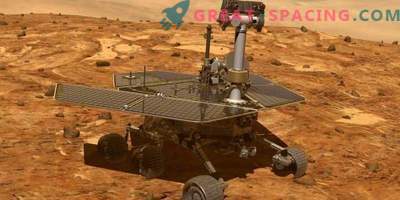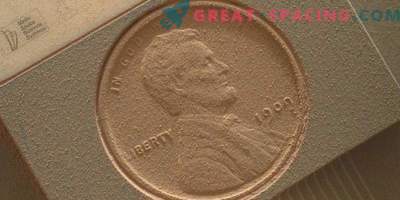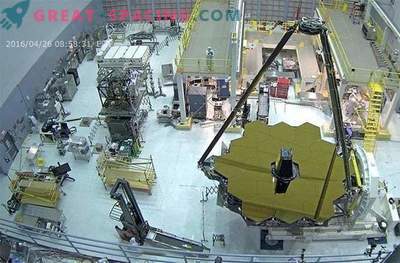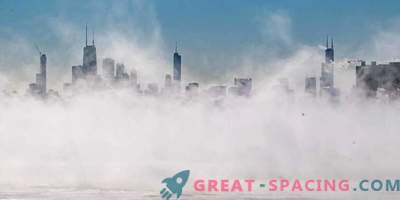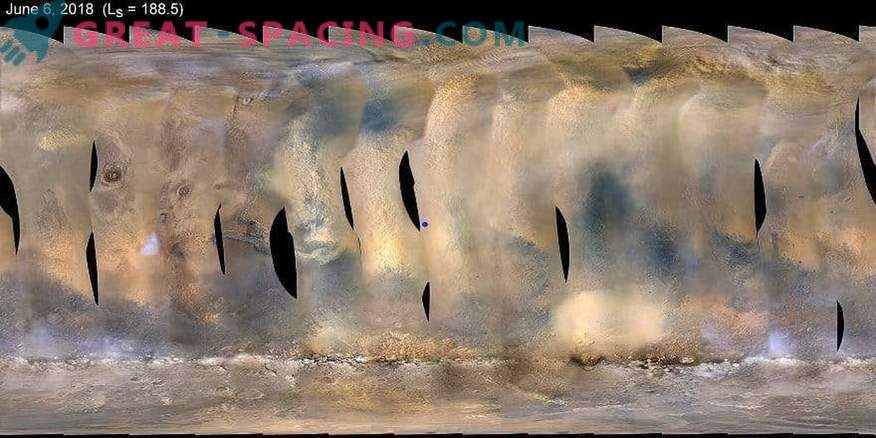
The global map of Mars shows a growing dust storm (June 6, 2018). The MARCI camera on the MRO orbiter was used to create the map.
On the morning of June 10, engineers received an Opportunity signal from the rover. This is a positive sign, despite the situation with the storm. The data shows that the rover still has enough battery power to communicate with the earth control point at the Jet Propulsion Laboratory (Pasadena, California). Scientific operations are still suspended.
Signal transmission on Sunday is considered particularly good news, because in recent days the dust storm has only intensified. The Martian Valley of Perseverance plunged into the night, enveloping the rover's location. The dust veil does not let the sun's rays through. This is a more worsened repetition of the situation of 2007 The opacity level of the previous storm reached 5.5, and today's - 10.8.
The last data transfer showed that the temperature of the device reached -29 ° C. One of the salvage moments of the storm is that it limits the extreme temperature fluctuations observed on the Martian surface. In addition, dust absorbs heat from sunlight and increases air temperature. All week, engineers will closely monitor the level of charge of the rover. The device needs to balance low battery levels with falling temperature. Rover Opportunity showed its stamina during the 15-year mission, although it was designed for only 90 days.
All scientific operations stopped until the cessation of a dust storm. For the first time recorded a storm on June 1 at the MRO. As soon as they saw him approaching the rover, the management team was warned about the need for training.
Now the storm extends to 18 million km 2. The situation in 2007 led to the fact that for 2 weeks the device had to adhere to the minimum functionality, including several days without contact in order to save energy. A rover can fail due to cold if the storm lasts too long.
It is believed that it was the storm that caused the loss of the Spirit rover in 2010. Large-scale dust storms are common, but not so often. During the southern summer, sunlight warms up dust particles, raising them higher into the atmosphere and creating large winds. The latter raises even more dust, closing the process chain.




